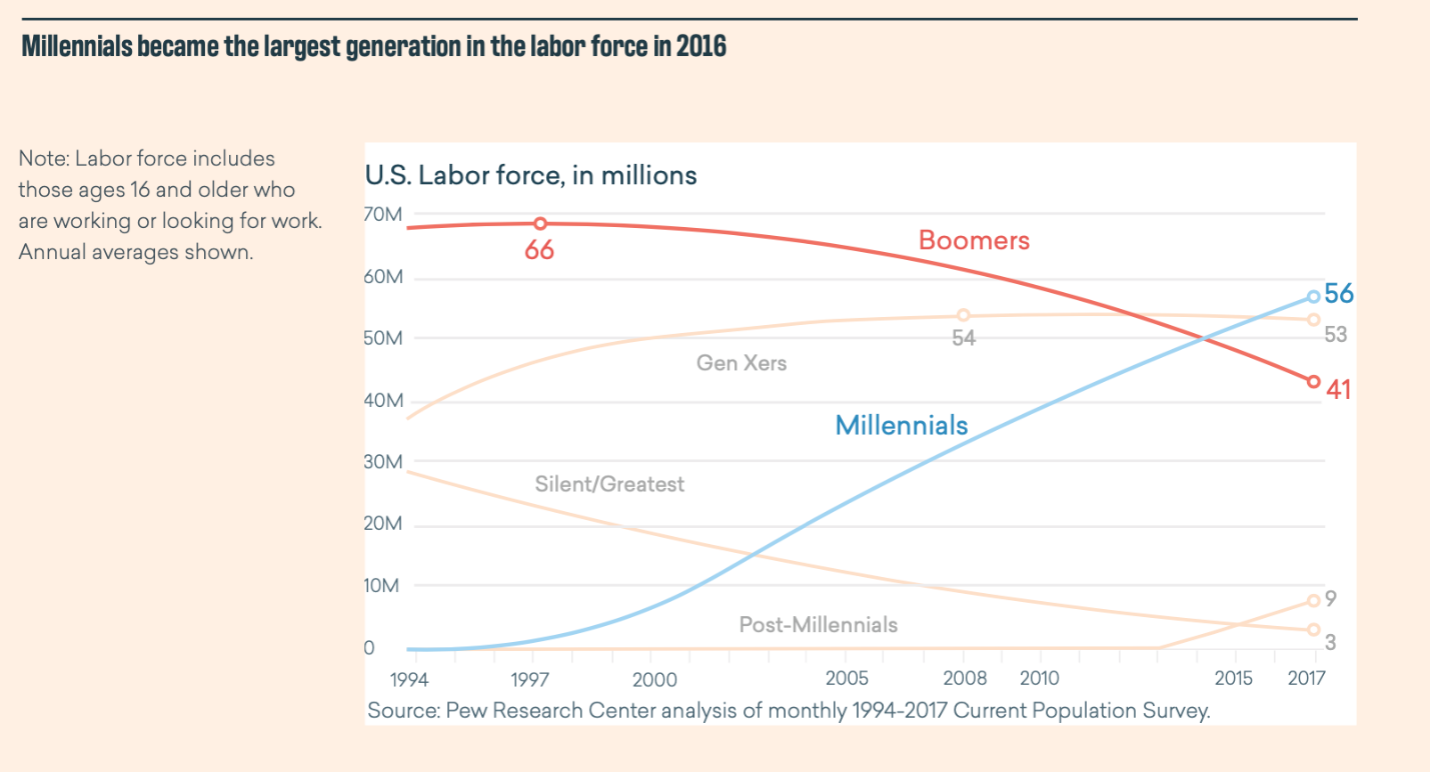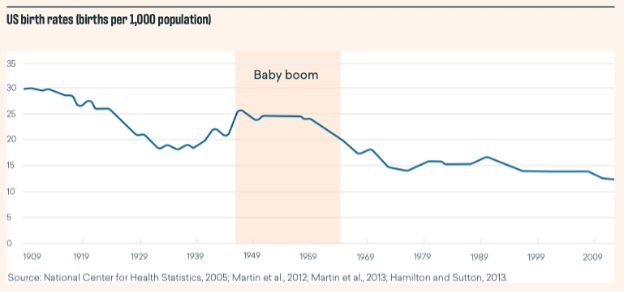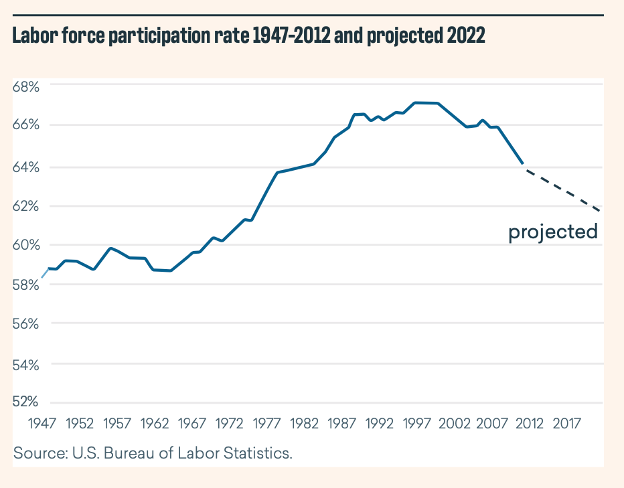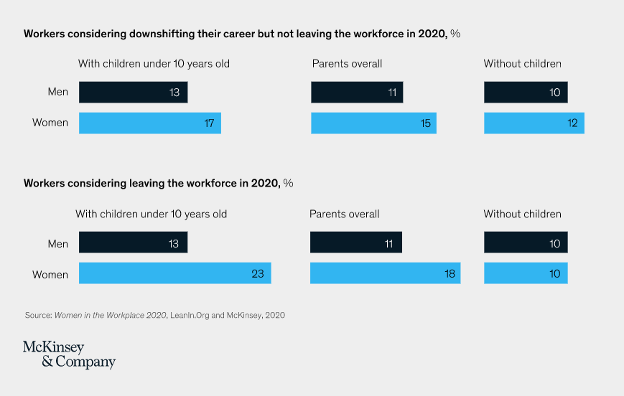Preface
This is the second chapter in a three-part series inspired by Hidden Workers: Untapped Talent, a report recently published by Harvard Business School and Accenture. For an introduction and background, visit Chapter 1: An Introduction to the Workmorphis Hidden Worker Series.
Chapter 2 shines a light on hidden workers, an estimated 27 million people in the United States who are looking for jobs but remain “hidden” from employers. We offer a summary of the hidden worker challenges, causes, and recommendations by combining insights from the latest reports and studies. This chapter also includes commentary by the Workmorphis team, whose experience working across sectors to engage and serve populations of hidden workers is extensive.
Next, Chapter 3 features population-specific guest content from experts and organizations whose mission is to engage and advance opportunities for subsets of hidden workers.
Table of Contents
Chapter 2 consists of three parts, including:
- The War for Talent
- Who Are “Hidden Workers” and Why Can’t Employers Find Them?
- The Business Case for Hiring Hidden Workers
Use the table of contents above to navigate through the series and learn about the hidden worker challenges, causes, and recommendations employers can act upon today.
Part I — The War for Talent
Phrases like “war for talent,” “Great Resignation,” and “worker shortage” are all too common lately, often making front page headlines across the U.S. and beyond. Companies are struggling to find talent. This prolonged and worsening shortage is jeopardizing company growth and innovation.
As of September 2021, the unemployment rate in the United States was 4.8 percent, close to pre-pandemic levels. This may be cause for cautious optimism coming out of a turbulent year and a half, but it does not explain the massive workforce shortage, nor does it tell the full story.
Read Hidden Workers: Untapped Talent and you may be surprised to learn that there are 27 million people (about the population of Texas) in the U.S. who are eager to get a job or increase their hours. However, these people are still “hidden” from most businesses, ironically, because of the hiring processes many companies use to find talent.
Before introducing hidden workers and why they stay “hidden,” we would like to highlight a few labor market trends that will explain why employers are in a war for talent.
The War for Talent is Fueled by Pre-Pandemic Demographic Trends
Emsi, a leading labor market data company, recently released a report called The Demographic Drought. The report highlights trends that have been developing for decades, but have accelerated in response to the pandemic. Below, we have summarized a few of these trends, which will transform the labor market for decades to come.
Accelerated Retirement
Retirements have accelerated. Since 2012, approximately two million Baby Boomers have retired annually. In 2020, 3.2 million retired without much warning, leaving many employers underprepared to fill vacant positions.
Many of these workers hold decades of expertise and are vacating senior-level positions when they retire. Without a plan to transfer this knowledge to younger workers through training and mentorship, companies have experienced a growing knowledge gap. This knowledge gap affects all industries but is particularly concerning in industries with older workers on average, such as manufacturing, financial services, and agriculture.
By recognizing this trend now, before it is too late, employers can introduce new or improve existing training and mentorship opportunities to retain more of the institutional knowledge that older generations take with them when they retire.
Declining Birth Rates
Birth rates are declining. The national birth rate hit a 35-year low in 2019 and the working age population has been shrinking since 2008, which means there are not enough Millennial and Gen Z workers to replace Baby Boomers.
Additionally, the UN projects that the number of working-age people in the U.S. will fall below 60% of the total population by the year 2100 and could drop to as low as 53%. The last time this happened was during the baby boom, when the dependent population was primarily children. This time, most of the country’s dependent population will be over age 65.
Not only are there too few incoming workers to replace Baby Boomers, but the same unpaid caregiving responsibilities that keep workers “hidden” today will skyrocket as these younger generations increasingly care for their aging parents, taking even more prime working age adults out of the workforce.

Declining Labor Force Participation
Labor force participation is declining. On top of the mass exodus of baby boomers and low birth rates, the labor force participation rate, which measures people working or actively seeking work, has dropped to lows last seen during the mid-1970’s recession.
Emsi observed in a 2020 report that thousands of Americans had voluntarily opted out of looking for work, driven by four key factors: people were afraid, furloughed workers were waiting to return to their jobs, CARES Act made it possible to stay out of the labor force, and virtual K-12 kept people from looking for work.
Many of these circumstances have since evolved. However, the downtime many people experienced during pandemic-related closures and furloughs compelled them to evaluate and re-consider their personal and professional priorities. With the “Great Resignation” on the rise, employers must think differently about how they attract and retain talent.
Prioritizing Caregiving
Many women have left the workforce. In March 2021, McKinsey stated that their pre-COVID-19 research had never shown women opt out of the workforce at higher rates than men, but the pandemic dealt a major setback.
In April 2021, U.S. Treasury Secretary Janet Yellen said more than 4 million women dropped out of the labor force between February and April 2020, and about half had not returned one year later.
Faced with a disproportionate share of caregiving responsibilities on average, women left the workforce at substantially higher rates than men when schools and daycares closed or to provide elder care. Resulting gaps in work experience, which negatively impact career prospects and earning potential, increase their chances of becoming hidden workers.
These trends emphasize the urgent need to engage the 27 million hidden workers who are seeking a job or increased hours. Overlooked by employers for most jobs already, hidden workers are at risk of becoming “discouraged” and giving up on their job search when they observe other people voluntarily resigning from the same or better jobs.
Employers have a unique opportunity to employ a valuable yet hidden segment of the workforce, but they must first understand who these workers are and how to find them.
Up Next: Who Are Hidden Workers, and Why Can’t Employers Find Them?
By engaging hidden workers, employers can tap into a pool of talent that is ready to engage and fill the openings fueled by the demographic trends outlined above. Understanding emerging trends in the labor market and learning how to address them will enable employers to continue to grow and innovate through these changes.
Read the next post in this chapter to learn who hidden workers are and why employers can’t find them. The answers to these questions—and the solutions to your company’s workforce challenges—may surprise you.
About Workmorphis
Workmorphis provides a full suite of services to help organizations across the U.S. revitalize their workforce, including workforce planning strategies, skills transformation, diversified workforce pipeline strategies, employee support and empowerment, and more.
Connect with us to offer your insights or learn how we can help you transform your workforce.
Meet the Author
Emily Fabiano is the founder of Workmorphis, a cross-sector workforce consultancy helping organizations build a more resilient workforce to thrive in a changing economy. Fabiano has deep experience in workforce transformation at the government level, working at the cross section of workforce strategy, economic development, and public policy. With a keen understanding of the unique challenges facing today’s and tomorrow’s workforce and the ability to communicate across sectors, Fabiano brings a new level of understanding and collaboration required to address the necessary changes to better connect industry and education to prepare people for jobs.






